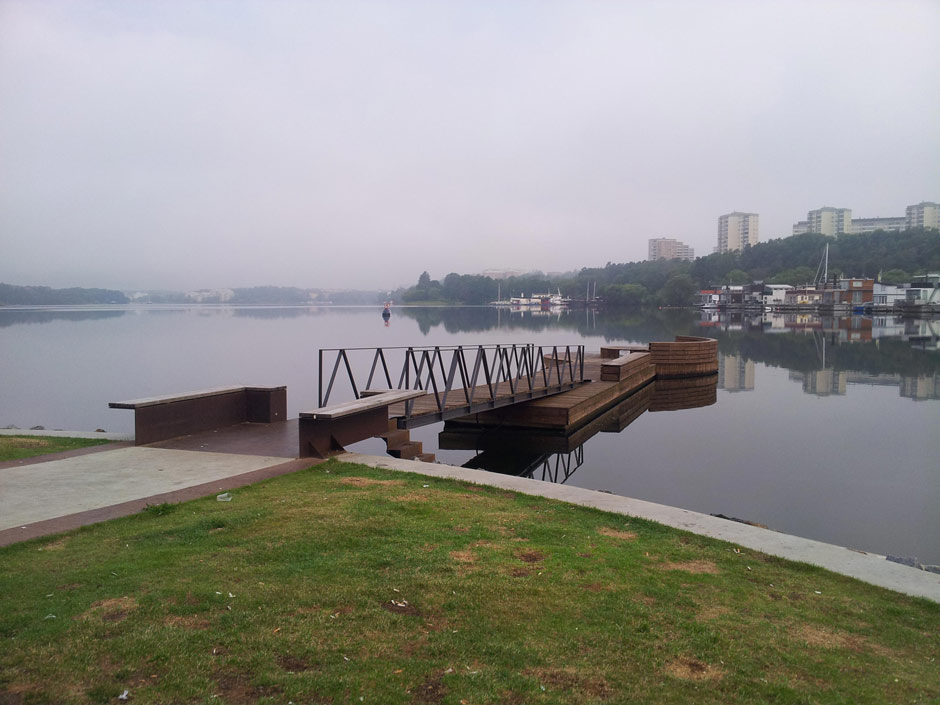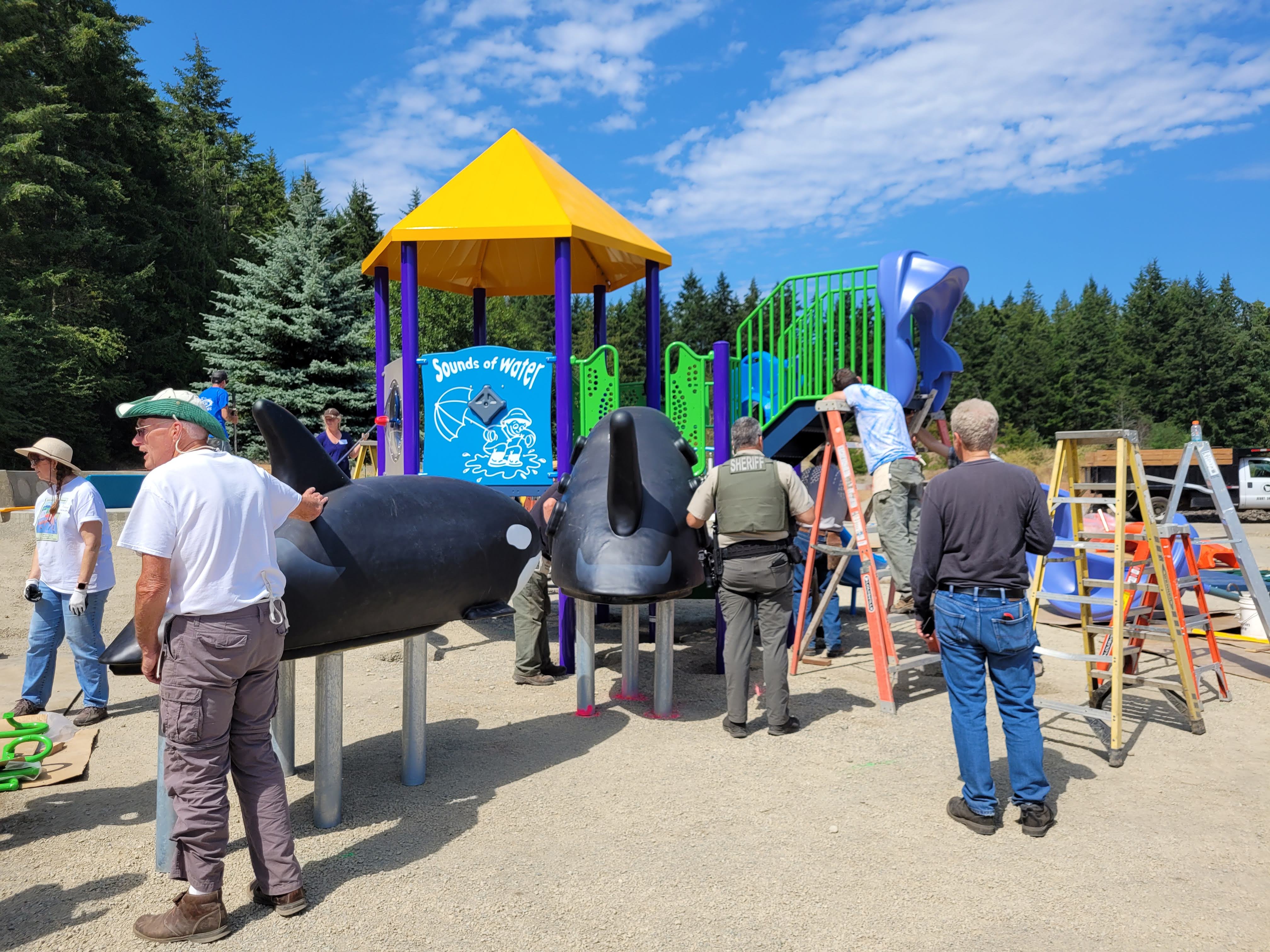Helping Seattle Parks and Recreation Explore Water Reuse
March 7, 2020 | By Admin |
Seattle Parks and Recreation (SPR) recently engaged Kennedy Jenks and Nakano Associates to assist them in exploring opportunities for water reuse in their facilities. Our team assessed the effectiveness of SPR’s existing water reuse and conservation systems, evaluated other reuse and conservation systems that SPR could implement, and determined a high-level implementation plan for the reuse and conservation systems examined to decrease long-term operations and maintenance costs.
We sat down with Paula Gilmour, Nakano Associates landscape architect, and asked questions about water reuse and the SPR Water Reuse Study.
Why is Seattle Parks and Recreation (SPR) exploring water reuse?
Seattle Parks and Recreation (SPR) has seen their cost for potable water rise in recent years. The combination of rising water prices, longer and hotter summers, and the booming population of Seattle in the last ten years has meant that not only does water cost more, but SPR needs more of it. Sustainability and community benefit are also important to SPR’s mission and while they are harder to measure (and thus outside the scope of our study), it is commonly believed that water reuse will also work toward those goals, it’s a win-win.

What exactly is water reuse?
The recycling slogan “reduce, reuse, recycle” applies to water as well. Conserving water, such as installing high efficiency fixtures or recirculating fountains reduces use. Reusing water refers to capturing greywater or stormwater or harvesting rainwater, treating it, and using it for non-potable applications such as irrigation or flushing toilets. Recycling water goes a step farther, thoroughly treating blackwater so it can be used for non-potable applications. All of these approaches are potential ways for organizations like SPR to reduce their water costs and contribute to regional sustainability. Our study took a broad approach of water reuse and looked at aspects of all these categories from recirculating water features to blackwater recycling.

So what were the team’s recommendations to SPR?
After months of research and analysis, our team delivered a detailed plan, a Water Reuse Tool, and eight summary recommendations. The recommendations focus on ways SPR can optimize their existing facilities as well as how to reduce their biggest water uses through implementing new water reuse systems. In addition to technical solutions, the recommendations highlight the advantage of developing partnerships, outreach and communications to bring in and leverage grant funding that will help these systems get built.
What does landscape architecture have to do with water reuse?
Landscape architects design many outdoor public places and amenities that use water such as fountains, spray parks and irrigated plantings that can be designed with reused water systems. For reused water destined for irrigation, knowledge of irrigation systems as well as plant needs and tolerances is important for designing effective water reuse systems. How people and animals will interact with reused water is another important consideration.

What are the most important things to know when designing water reuse systems?
There are many sources of water that can be reused in parks and recreation facilities as well as several approved applications of the reused water. Understanding the opportunities and limitations of the different types of water available, water needs, and available technology to treat, store, and convey water for those uses are all important components of designing effective water reuse systems. It is especially important to know how to collaborate with park planners, operations people, engineers, asset managers and others to discover synergies or red flags in different options.
Why do you find this work important?
Water reuse and conservation will only become more important as our region grows and climate change intensifies. SPR implementing water reuse systems has the potential to conserve water and save taxpayer dollars while bringing us all more opportunities to play in water and outside.















